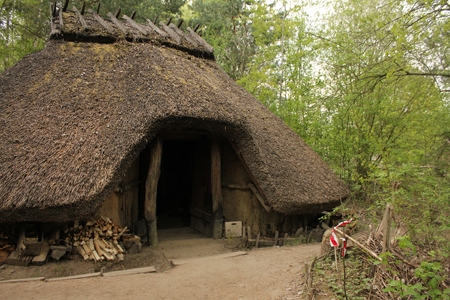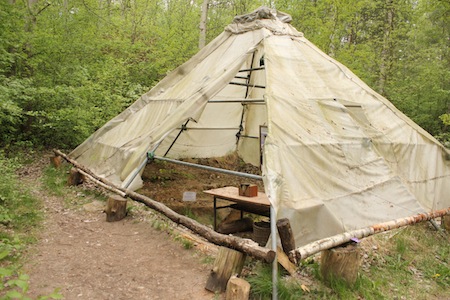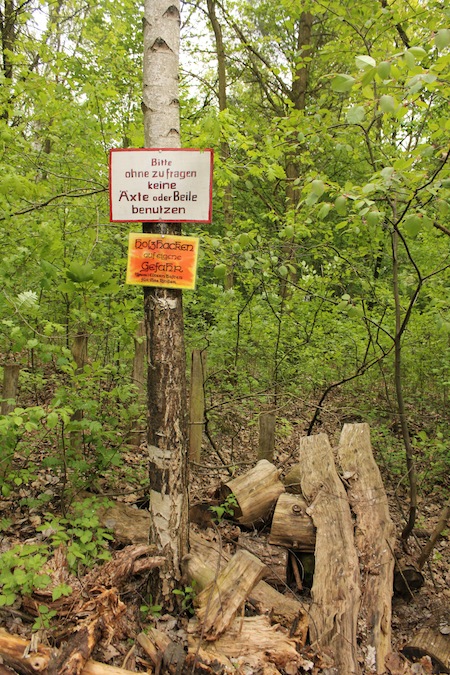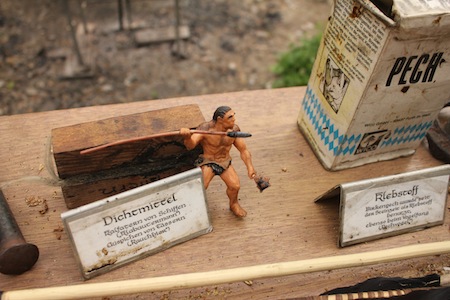Museumsdorf Düppel – tar in the middle age village
If you are not on a Europe in 5 days tour that is if you should have a little more time to visit the outskirts of Berlin in the summer then it is highly recomended to visit the Museumsdorf Düppel. The Museumsdorf (“museum village”) in Berlin-Düppel is a resurrected village from the middle ages. Around 1230 it had about 16 houses but was abandonned later, which was probably due to the poor soil around the village.
Excavations revealed information about the sizes and even construction forms of the houses. Due to further findings it was even in some cases possible to guess where the bakery or the smith was. When the houses were resurrected great care was put on rebuilding the houses at their former site and with their former construction scheme. The village was inhabited by germans and slavs, which could e.g. be seen at found jewelry items and the different construction schemes of the houses. The project, which exists since 1970 was and is to a great extend a volunteers experiment under scientific guidance. In the Museumsdorf real middle age life is simulated to quite some extend and due to the hands-on experiments many new research findings (and corrections) in the field of medieval studies could be made.
The above image show the excavation marks of a 800 year old Teerschwelengrube – a production site for pitch via pyrolysis. Below you can see more images, including a pitch-drop experiment. The museum village is cooperating with Biskupin/Poland (see also article about biochar on Azimuth).
The (german) diary shows more about the life at the Museumsdorf.

















